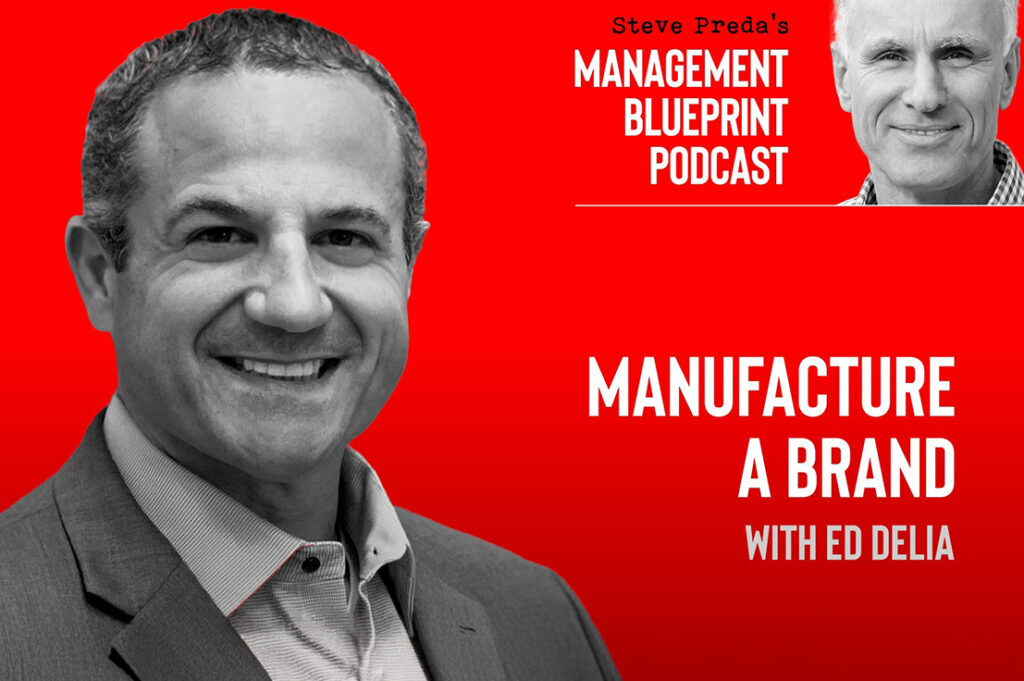Planning and budgeting for marketing in your manufacturing company may seem like a difficult task, especially if you are approaching March and you still haven’t thought about how to grow this year.
The endless cycle of logistics, materials, machinery, shift changes and bottom line analysis often gets in the way of marketing ideas. In 2021, we are seeing a measurable increase in marketing budgets for manufacturing, packaging and related companies. Although we are not going to try and justify the increases with data, we can say that we have observed an approximate 10% increase in marketing budgets across the board over 2020.
The actions you have to take to keep the business happy and profitable are enough to fill the day, so we have provided this short guide to help you figure out how to plan for marketing your manufacturing company in 2021.
Step 1: Determine Your Growth Goals
If you’re thinking about marketing your company, then you’re thinking about change. When it comes down to it, you are either thinking about growing or you’re thinking about maintaining your current share of the competitive market. Your budget and tactics for this year will be dependent on a well-defined set of goals. Take a look at your financial models and growth activities of past years to learn what is realistic for you. Can you possibly achieve 5%, 10% or 25% revenue growth? Or is your goal to promote a new product or service and you want to capture a certain percentage of the market share? Get down to the details and make your goal(s) specific and measurable.
Step 2: Allocate A Budget For Marketing Activities Over The Year
Base your manufacturing company marketing budget on a few key things – goals, market opportunity, etc… Here are some hypothetical situations based on observed data for manufacturer marketing budgets in 2019:
Company 1 – A Contract Manufacturer in Metals
Approximate Annual Revenue = $2,500,000
2018 Marketing Budget = $102,000
2019 Marketing Budget = $120,000
Percentage Increase ~ 18%
Percentage of Revenue to Marketing ~ 5%
Why? This manufacturing company has a healthy bottom line and good margins on what they create, but they are having trouble acquiring strictly new customers. While maintaining their great existing customer base, they are investing in additional video, press and tradeshow support to get new eyes on their brand and create new relationships.
Company 2 – A Packaging Supply Company
Approximate Annual Revenue = $1,250,000
2018 Marketing Budget = $35,000
2019 Marketing Budget = $40,000
Percentage Increase ~ 12.5%
Percentage of Revenue to Marketing ~ 3%
Why? This company is a bit smaller on the manufacturing side, but they have relatively low competition. They are focusing their marketing dollars on creating strong cyclical sales processes with their Customer Relationship Management system via means of writing articles for SEO and deploying email campaigns for new customer engagement.
Company 3 – A Financial Services Organization
Approximate Annual Revenue = $36,000,000
2018 Marketing Budget = $2,500,000
2019 Marketing Budget = $2,900,000
Percentage Increase ~ 14%
Percentage of Revenue to Marketing ~ 8%
Why? This company has a larger share of their market and they intend to keep it. They want to focus on keeping their current customers and growing opportunities within existing relationships to strengthen their services. They use their marketing budget to broaden their appeal and gain visibility and awareness for their full set of services which many customers don’t know that they do on a regular basis.
Step 3: Define Your Target Audience
Now that you’ve determined your goals and budget, dive into thinking about the people that are going to make it happen, your customers. Create a “Target Persona” which answers questions like What industry is the target in? What is the target’s title? Where is the target located? For an easy reference, take a look at the filters available for a sales search on LinkedIn. We’ve provided a link to see the LinkedIn sales search filters Here.
Don’t stop at one persona if it doesn’t cover your goals. It’s ok to create 3 or 4 of these, so go ahead and explore the process for yourself.
Step 4: Figure Out What Makes Your Target ‘Tick’
With your personas created, now it’s time to get into their heads. This is the point in the process that will help you figure out how to truly reach them and spark their interest in working with you. Below is an example of a few personas we recently created. Notice that there is information attributed to these folks that may seem irrelevant, but then think about creating a download or an email campaign and you may realize that even the seemingly silly things become quite important.

Step 5: Determine What Marketing Tactics Will Appeal To Them
There are many ways to reach your target audience, and the set of activities can be different for each type of goal and persona. To make it easy for you to evaluate which tactics to choose, we’ve provided a list of 51 Ways To Double Your Revenue in 2022.
Still have questions? Contact Us and we can just have a quick discovery to see what’s on your mind.
Step 6: Align Those Tactics With A Strategic, Repeatable Cycle
Here is where the real value of marketing comes in to play. This is all about your customer sales funnels – or in this case, the Flywheel. As a Hubspot partner, we work with the flywheel model for our Hubspot customers. The basic idea here is to create a flow of activities that keeps an interested party involved in rather than ‘one-and-done’ (and hope for the best) types of marketing activities.
Take a closer look at how the Flywheel works and some tips for setting it up from our partnership with Hubspot.
(Hint: Interested in exploring Hubspot? Let us know, we’ll set you up a free account!)
If you’ve picked a few strong tactics that you think will resonate with your audience, apply it to the strategic cycle and see what else you need to put in place to keep the attention of the customer.
Step 7: Measure, Analyze, Modify
Have everything in place for your marketing this year? Now measure the success of all of these activities. By measuring you will be able to see what is working, what isn’t working and where things need to improve or be removed.
Does any of this seem like a bit too much? We know, it can be a lot. That’s why companies like Delia Associates exist. So give it some thought, maybe take a pass at it yourself, but then call us or send in the form below. We are happy to talk through your goals and ideas, and give you some thoughts on how to move forward and make 2021 the best year possible for your company.
ARE YOU READY TO GET TO YOUR NEXT?







